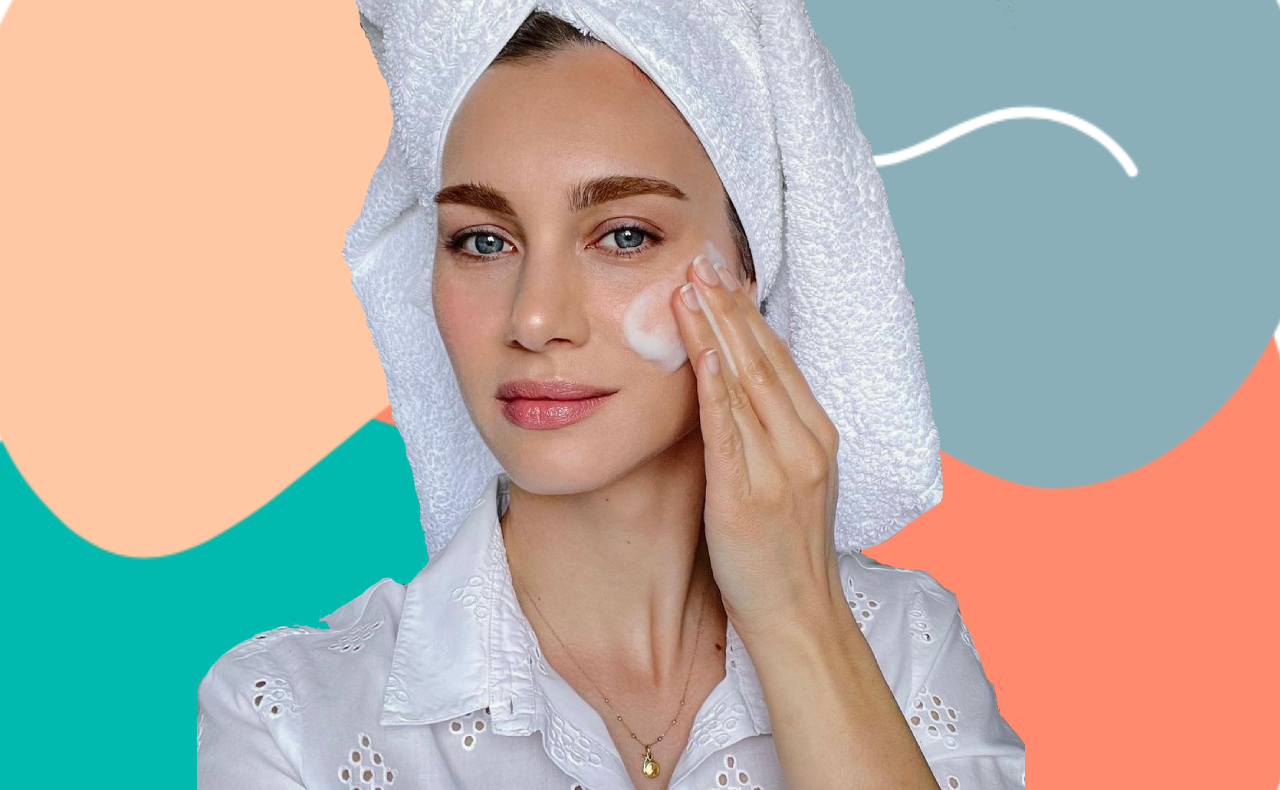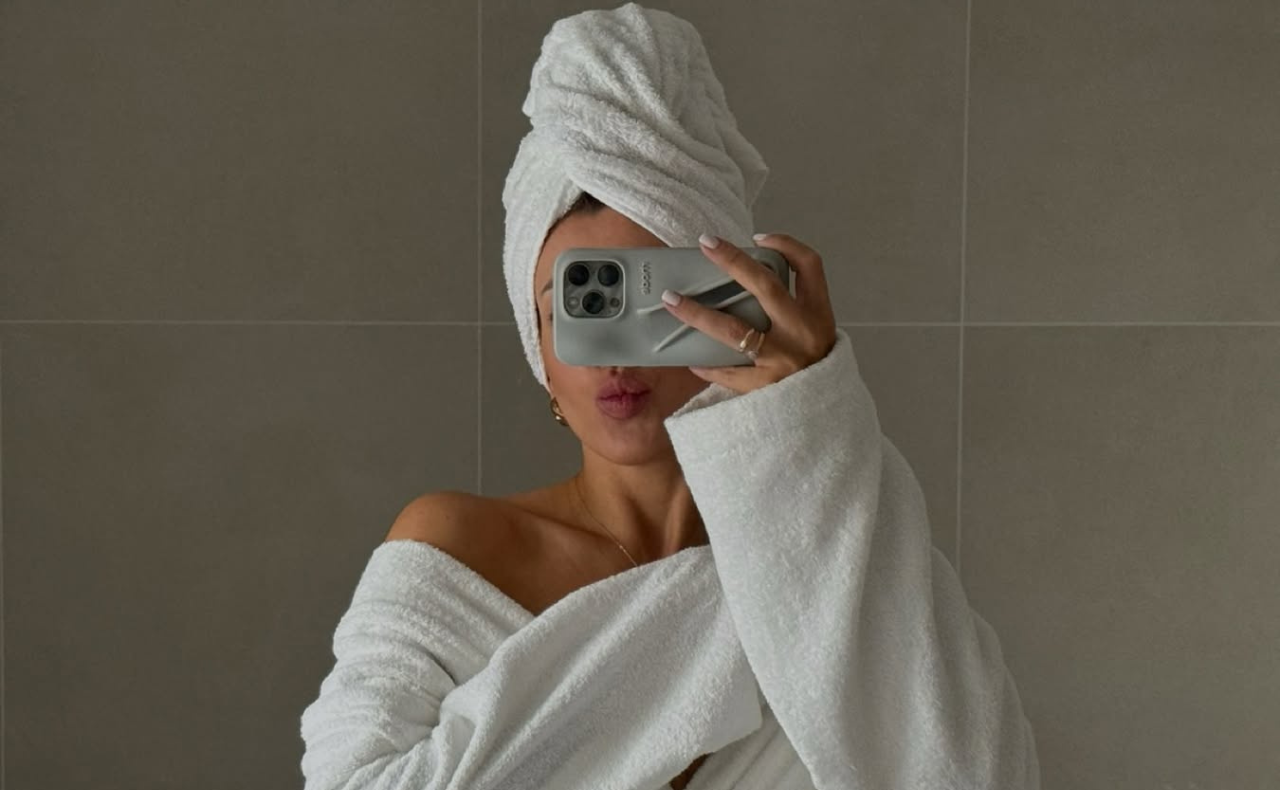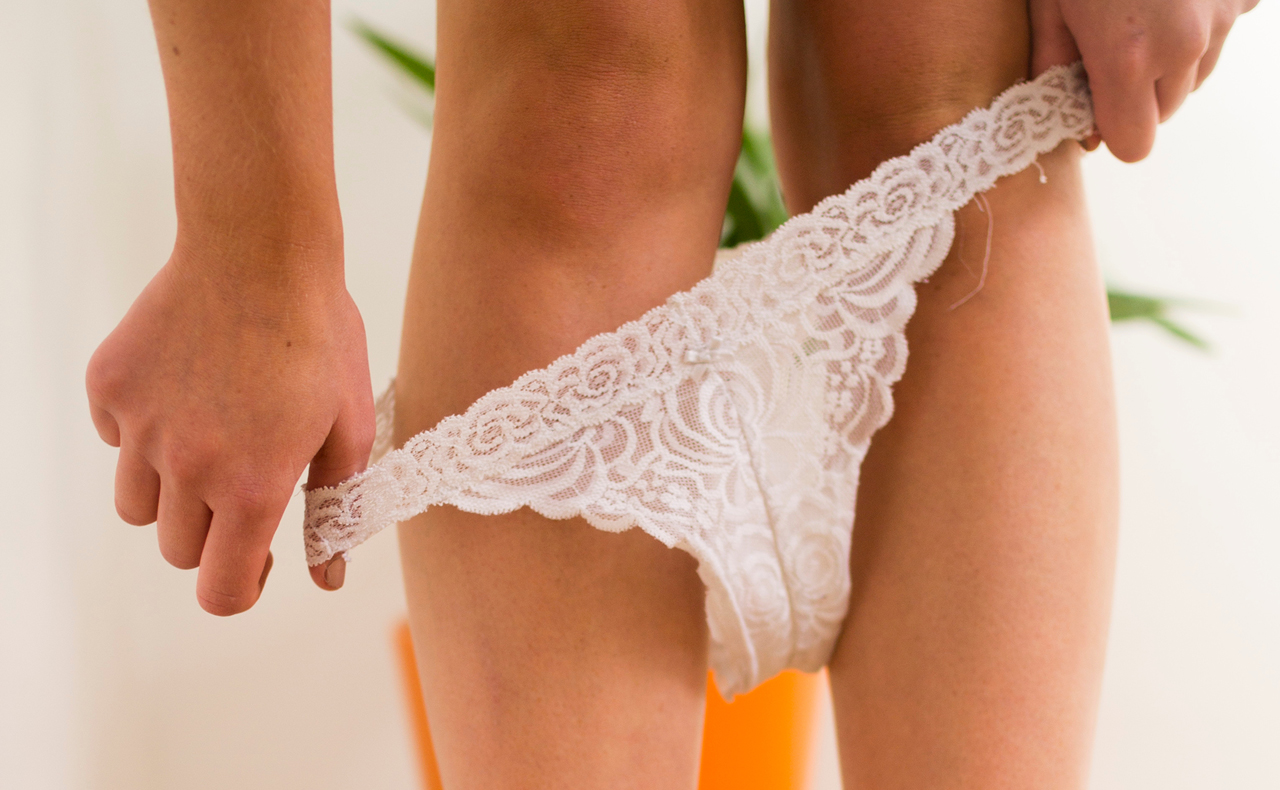The skin goals of a beauty editor are seriously high so I’m always on the hunt for an effective facial treatment that gives major results. My main objective is healthy skin that looks clear and bright all day, every day. Unattainable? Probably, yes. But it’s my mission and I’m sticking to it. However, the older I get, the more my skin concerns change. And since having a baby last year, they unexpectedly shifted again. Sun spots, increased redness and sagginess have all reared their ugly heads over the last few years. Which is why I was interested to know more about skin needling benefits. It’s a facial treatment that ticks all the boxes for healthy skin.
RELATED: 10 of the most-reviewed anti-ageing serums
RELATED: 8 reasons why you have blotchy skin
If you’re looking to restore skin tightening, improve texture and create a smoother, more even appearance of your skin, like moi, then skin needling can help.
After doing my research, I discovered you don’t have to go to a clinic to reap the benefits, it can be done at home. Woop! Here’s what you need to know about this facial treatment …
Where did it all begin?
The concept of skin needling was pioneered in the 1990s by plastic surgeon and founder of Environ Skincare, Dr Des Ferandes. The treatment involves needles perforating the epidermis, the surface of the skin, to enable topically applied products to be more effectively absorbed.
bh loves: Environ Cosmetic Roll CIT, Environ Gold Roll-CIT, Mukti Microneedle Dermal Roller
What is the difference between at-home and in-clinic skin needling?
“When we talk about skin needling for home use, we refer to this type of needling as cosmetic needling,” explains Dr Des Ferandes. “But cosmetic needling is not to be confused with collagen induction therapy (CIT) or medical skin needling.
“Medical skin needling is an exciting treatment to improve skin texture, smooth wrinkles, fine lines and soften scars,” explains Dr Ferandes. “It is suitable for all skin types and all areas of the face, neck, décolletage and body to promote the natural production of collagen and elastin, to help make the skin look and feel visibly smoother and tighter.”
How does cosmetic needling work?
“Cosmetic needling is performed using a roller device with a recommended needle length of 0.1mm – 0.2mm,” explains Dr Ferandes. “If performed regularly, at home, there is no bleeding and generally no pain associated.”
The principle of cosmetic needling is to enhance the application of products applied to the skin surface to help enhance penetration. But married with topical application of a range of skincare, Dr Ferandes, says cosmetic needling also helps to restore skin tightness in the early stages of ageing and may even assist to enhance the reduction of uneven skin tone and texture.
What sort of skin care concerns can skin needling treat?
“Cosmetic needling can be useful for all skin types, except skin presenting with severe solar keratosis, eczema, psoriasis, raised moles, warts, skin cancer and problematic skin conditions,” says Dr Ferandes.
Is there any down time involved with at-home skin needling?
“Cosmetic needling is designed to be used daily, as part of a professionally recommended home regime, to aid the absorption topically applied, vitamin enriched skin care products, so there is no down time,” says Dr Ferandes. “It’s actually a painless procedure performed with no associated downtime.”
How many treatments would you recommend for best results?
“For best results it is recommended for you to use a needling device on a daily basis, to enhance the penetration of your topically applied products,” says Dr Ferandes.
Here are some important points Dr Ferandes says to consider before you get started:
1. Start by rolling twice a week and slowly increase to daily use.
2. Pre-cleanse, cleanse and tone your skin with your preferred skincare products.
3. Apply mild levels of vitamin A to your skin before you start needling.
4. Divide your target areas into sections and roll each section vertically, obliquely and horizontally with the roller for three to five minutes, using mild but firm pressure.
5. Follow with your recommended moisturising products.
6. Rinse the roller with warm water before and after use, and cleanse once a week with the instrument cleansing solution.
Have you tried at-home skin needling? What results did you see?




